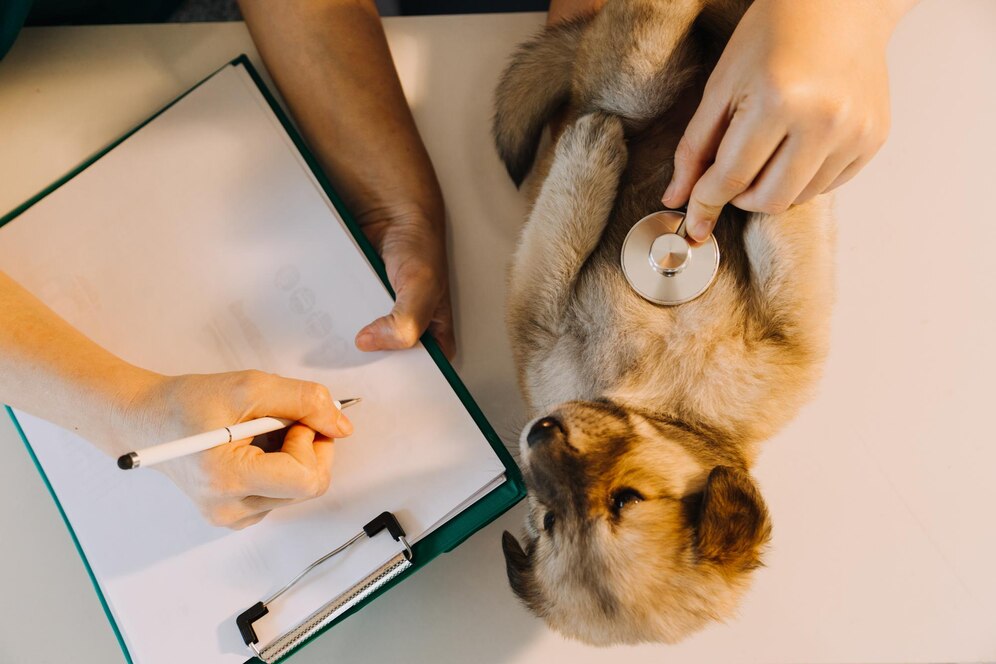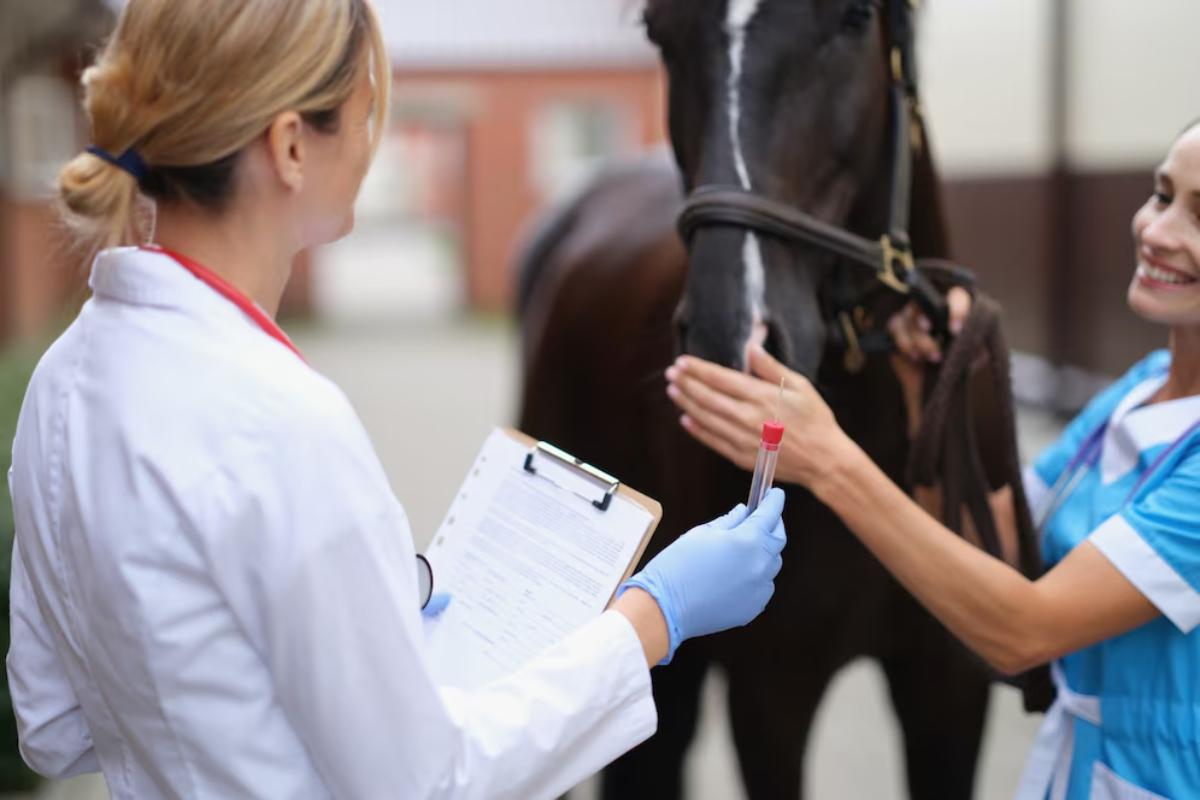
What Is Pet Insurance and How Does It Work?
If you’re a pet parent, you’ve probably faced that dreaded moment—your furry friend is ill or injured, and you’re staring down a hefty vet bill. It’s heartbreaking and stressful. You want the best care for your beloved companion, but the cost can be a real punch to the gut. That’s where pet insurance comes into play.
This blog breaks down pet insurance explained in a way that’s clear, honest, and practical. We’ll walk you through the pet insurance basics, how it works, and whether it’s worth it for your pet and your pocket. Whether you’re a new pet owner or someone who’s been dodging the topic for years, this guide is tailored just for you.
Let’s lift the lid on pet insurance and uncover how it could be the safety net you never knew you needed.
What Is Pet Insurance?

Pet insurance is a health policy for your animal companions. It helps cover the cost of veterinary care if your pet becomes ill or injured. Think of it as a financial buffer—similar to health insurance for humans—but tailored to the unique needs of cats, dogs, and sometimes even rabbits or exotic animals.
Why Do People Get Pet Insurance?
- Peace of mind: You don’t have to choose between finances and your pet’s well-being.
- Unexpected vet bills: Accidents and illnesses can happen out of nowhere.
- Long-term conditions: Insurance can help manage chronic issues like diabetes or arthritis.
Pet insurance doesn’t cover every scenario (we’ll get to that later), but it can significantly ease the burden when life throws a curveball.
How Does Pet Insurance Work?
Step-by-Step Breakdown
- You choose a policy: Based on your pet’s needs and your budget, you pick a plan that suits you.
- You pay premiums: This is the monthly or annual cost to keep your policy active.
- You visit the vet: Your pet gets treatment just like normal.
- You pay upfront: Most insurers require you to pay the vet bill initially.
- You claim the cost back: Submit a claim with the necessary documentation.
- You get reimbursed: The insurer pays you back according to the policy’s terms, often a percentage of the bill minus the excess.
Real-Life Example
Say your Labrador swallows a sock (as they do). Emergency surgery costs £1,800. If your plan covers 90% with a £100 excess, you pay £280, and your insurer reimburses the rest.
It’s that simple… mostly.
What Does Pet Insurance Cover?
This depends on your plan, but here’s a typical rundown:
Covered:
- Accidents and injuries
- Illnesses (short- and long-term)
- Diagnostic tests
- Surgery and hospital stays
- Medications
- Cancer treatment
- Dental treatment (sometimes)
Not Covered:
- Pre-existing conditions
- Routine check-ups or vaccinations
- Pregnancy and breeding
- Cosmetic procedures
- Behavioural therapy (in some policies)
Always read the fine print. Every insurer defines coverage differently, and you don’t want surprises when your pet needs help most.
Types of Pet Insurance

Here’s where it gets a bit more technical—but we’ll keep it friendly.
1. Lifetime Cover
Best for: Ongoing, chronic conditions.
- Covers illness and injury throughout your pet’s life.
- Renewing annually keeps the condition covered.
- Higher premiums, but more comprehensive.
Example: Your cat develops kidney disease at age 5. With lifetime cover, their treatment is covered every year as long as you keep the policy going.
2. Time-Limited Cover
Best for: Short-term financial protection.
- Covers illness or injury for a set period (usually 12 months).
- Once that time is up, no more coverage for that condition.
Caution: If your pet has a long-term issue, you’ll have to foot the bill after the time limit.
3. Maximum Benefit (Per Condition)
Best for: Cost-conscious owners.
- Covers up to a set amount per condition.
- No time limit—but once the pot’s used up, it’s gone for good.
Tip: Great if your pet is young and healthy, but risky if a condition requires ongoing care.
4. Accident-Only
Best for: Emergency backup.
- Only covers injuries from accidents (not illnesses).
- Cheapest option but limited protection.
Consider this: It’s better than nothing, but if your pet gets sick, not just hurt, you’re on your own financially.
How Much Does Pet Insurance Cost?

That depends on:
- Species: Dogs generally cost more to insure than cats.
- Breed: Some breeds are more prone to health issues (e.g., French Bulldogs or Ragdolls).
- Age: Older pets = higher premiums.
- Location: Vets in London charge more than those in rural areas.
- Coverage level: More coverage = higher price.
Typical Monthly Costs in the UK
- Cats: £8–£25
- Dogs: £15–£50
Keep in mind, these are averages. Your quote might be higher or lower based on the above factors.
What to Look for in a Pet Insurance Policy
When comparing policies, don’t just go for the cheapest. Look deeper.
Key Factors to Consider:
- Vet fee cover: Is it enough for real-world treatment costs?
- Excess amount: How much will you pay before the insurer contributes?
- Reimbursement percentage: 70%, 80%, or 90%?
- Pre-existing conditions: Are they excluded?
- Claim process: Is it easy and fast?
- Customer reviews: Real user experiences matter.
Questions to Ask Yourself:
- Is this provider reputable?
- Do they cover chronic or hereditary conditions?
- Can I afford the excess and co-pay if needed?
Use comparison sites like MoneySuperMarket or Compare the Market, but always double-check the insurer’s own website too.
Is Pet Insurance Worth It?
Let’s break it down.
The Case For Insurance:
- Vet bills can run into thousands.
- You avoid difficult financial decisions during emotional moments.
- Chronic conditions cost more over time—insurance helps manage this.
The Case Against Insurance:
- You may pay more in premiums than you claim back.
- Some conditions may be excluded.
- Premiums often rise as your pet ages.
Alternative: Pet Savings Account
Some owners choose to save a set amount monthly in case of emergencies. This gives them control but doesn’t offer the same protection if a costly issue arises early.
Bottom line: Pet insurance can be a lifesaver—but only if the policy fits your needs and budget.
Tips for Getting the Most Out of Pet Insurance
- Insure early: Before any conditions arise.
- Be honest: Always disclose your pet’s medical history.
- Keep records: Vet visits, bills, and prescriptions.
- Review your policy annually: Needs change over time.
- Consider multi-pet discounts: If you have more than one furry friend.
A little preparation goes a long way toward making insurance work for you, not against you.
Common Myths About Pet Insurance
Let’s clear up a few misconceptions:
“It’s too expensive.”
Yes, it’s a cost—but not having it can be far more expensive if disaster strikes.
“Young pets don’t need it.”
Actually, insuring pets while they’re young and healthy ensures the best rates and fewer exclusions.
“All policies are the same.”
Definitely not. Read the fine print. Coverage varies massively.
Final Thoughts: Protecting Your Pet and Your Peace of Mind
Your pet isn’t just an animal—they’re family. They greet you at the door, snuggle on bad days, and bring endless joy. When they’re unwell, you want to do everything you can. Pet insurance is one way to ensure you can.
From understanding the pet insurance basics to knowing exactly how pet insurance works, this guide should empower you to make informed decisions. Insurance isn’t one-size-fits-all, but the right policy can be a game-changer for your pet’s health and your wallet.


